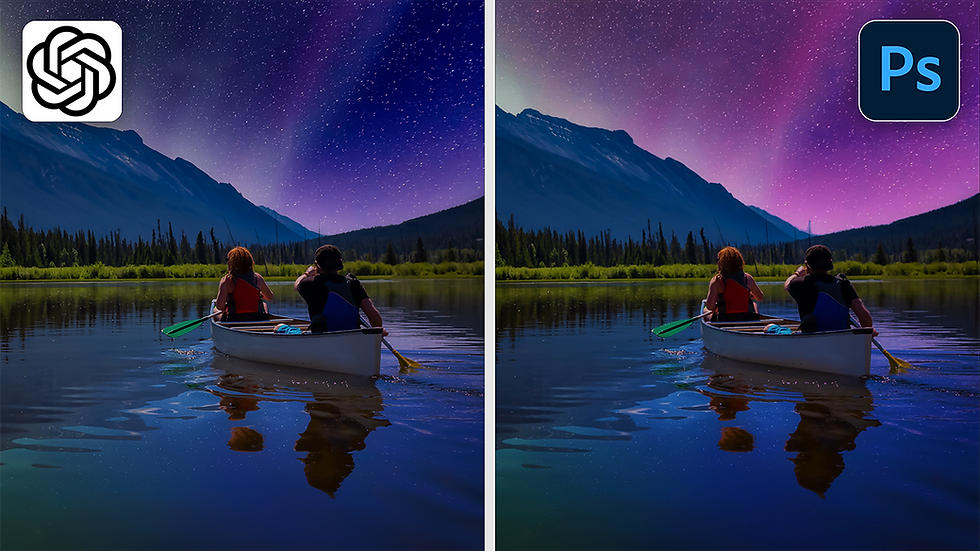Three Helpful Tips When Applying Text Wrap In Adobe InDesign
- Angelo Montilla

- Aug 16, 2019
- 2 min read
Updated: Dec 2

What makes a good text wrap?
There are no hard rules when applying text wraps to editorial or print designs, but there are some things to remember when using this tool in #Adobe InDesign.
Some common knowledge is not going over-board (pun intended!) with the text wrap offsets. Too much offset or not having enough space can make or break a good text wrap — ruining what could have otherwise been a powerful composition.
In this tutorial, I will go over three helpful tips when applying Text Wrap in Adobe InDesign — primarily going over two types of wraps — Around Bounding Box and Around Shape.
1. Find a Good Wrap
It's one thing to apply a text wrap, but it's another to find a strong wrap around your copy. With clipping paths or cutouts from Photoshop (.PSD or .PNG) often times text may flow into areas you may not want. For example, negative space in between legs or arms may cause issues. Simply move your image to another area, rotate the frame or increase/reduce the offset to adjust awkward text wraps. One of these techniques are bound to work.
Round shapes are always the easiest to wrap around body text, but when you have complex shapes or images, it just means a little extra work that will be worth it in the end.
2. Removing Anchor Points
Do you have text jumping or kicking over when placing close to the text wrapped object? That's because the text wrap applied is causing it to. The perfect example of this is a headline, much like you see in this tutorial. I set it on a layer of its own, but that alone won't do the trick.

To avoid a headline from kicking over because of the wrap, with your Direct Selection Tool, click on your image so the anchor points appear around the clipping path. Click and hold your Pen Tool until the flyout appears. Now, you can select the Delete Anchor Point Tool, which will allow you to remove anchor points around the problematic areas. Just be careful not to delete any needed points that will effect the wrap around the body text.
The other option here is turning live editable text into Create Outline mode (Type > Create Outlines), which converts the type into shapes. This will allow you to move the headline behind or in front of a wrapped objects without any issues. The only problem here is because it's been converted to shapes, the text is no longer editable, so while it's an easier solution in terms of removing any kick-overs, it will cause an issue if you have to edit the type later on.
3. Altering Offsets
This is handy when dealing with any type of Text Wrap, but especially with bounding boxes. There will be times no matter how much you move an object around, one side may need more or less wrap than another. A simple way of doing so is by adjusting the offset together or individually.
If you need more space on one side of the box, in the Text Wrap panel, unlock the offset icon and either use the up/down arrows to increase or decrease one of the sides or type in your own value into the offset field.


